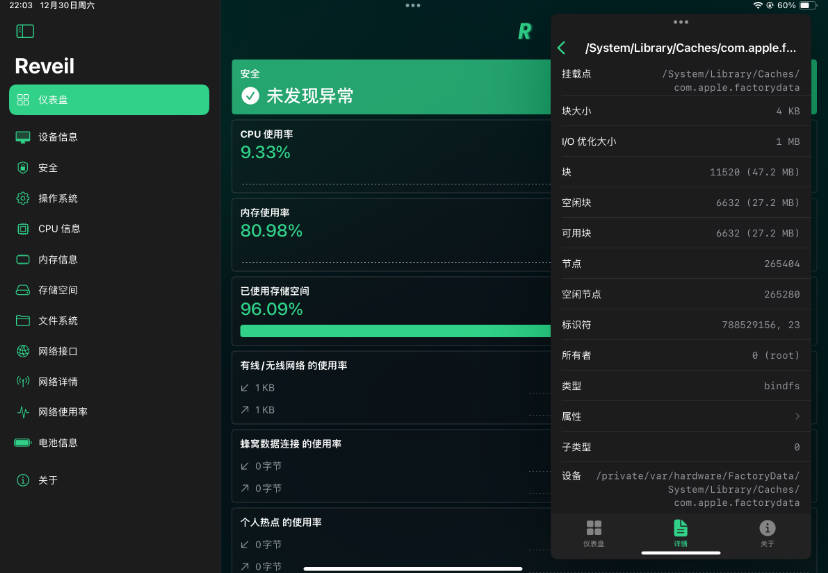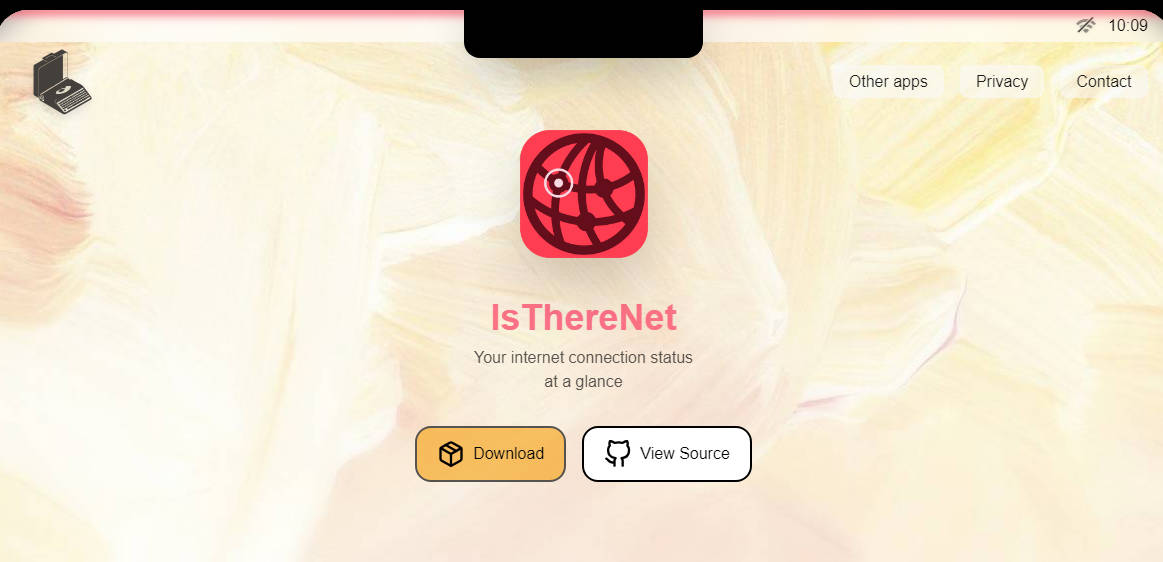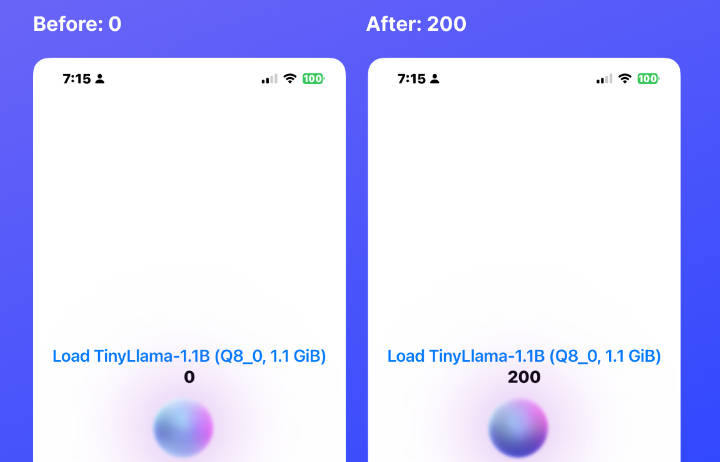Lotus
An app intended to improve the personal wellbeing of people with ADHD and/or autism. Demo here.
General Information
I created Lotus to support the needs and wellbeing of people with ADHD and/or autism in response to my friends and I being unable to find a satisfactory app. The apps we’ve found have at least one of the following problems:
- Unaccommodating: Apps are typically not specifically designed for neurodivergent people, so we need to modify them to make them work for us.
- Limited: Some apps that are actually helpful for us may have limited functionality because they serve a specific purpose. This can lead to us using multiple apps when one could do the trick, which can be overwhelming, take up too much storage, and be difficult to use in case the apps don’t complement each other well enough.
- Expensive: The apps may be locked behind a paywall. Even if a free version exists, it typically has limited features.
Although Lotus can be used by anyone who needs it, it was made with neurodivergence in mind because I want people like myself to feel supported and represented. I envision it as a hub of helpful features, so people can have everything they need in one app, and the features will work well together. I also want the app to be as affordable as possible, but I’m not sure how realistic this hope will be in the future when I need to support the app financially.
To clarify, autism and ADHD are not inherently traumatic or stressful conditions, but since they exist outside of the norm, they can be difficult to manage as a function of existing in a predominantly neurotypical environment. This first iteration of Lotus addresses three topics:
- Nonspeaking (Autism): There are nonspeaking autistic people, but there are also people who are typically verbal but become nonspeaking for a certain period of time ranging from minutes to days as a result of burnout or stress. This does not mean that they are incapable of communication, just that there is a disconnect between their internal thoughts and verbal speech, and it is too overwhelming or draining to speak verbally.
- Poor Mental Health (Both): This can be an independent mental illness or distress due to being unaccommodated, unsupported, or mistreated in connection to the condition.
- Poor Self-Care (Both): It can be difficult for people with ADHD and autism to maintain habits, relationships, and personal development for various reasons. For instance, executive dysfunction is when you understand that you need to complete a task, but there is a mental block that is preventing you from doing so. Hyper focus is when an individual is so concentrated on a certain task or idea that it completely consumes their time and attention. This means it can be difficult to remember to eat, sleep, drink water, and spend time with loved ones.
Technologies Used
Xcode – Version 13.4.1
Apple Swift – Version 5.6.1
Features
The first iteration has three main features that correlate to the areas outlined in General Information.
- Communication: A text-based Augmentative and Alternative Communication (AAC) for nonspeaking people to communicate with other people.
- A text field for the user to type in their own words
- Pre-written sentences containing common phrases
- Comfort: Validating and comforting words.
- Responses specific to feeling invalid, alone/misunderstood, burdensome, and hopeless
- Reminders: Keeps track of the user’s personal wellbeing.
- Suggested tasks to maintain habits, hygeine, and relationships
- Dynamic to-do list for users to add and delete personal reminders
Project Status
This project is in progress. The next steps are to add more features and prepare it to hopefully be uploaded onto the App Store.
Room for Improvement
Room for Improvement:
- Accessibility
- Allow users to set their preferred system font and color palette
- Built-in voice-over for the Communication section to make conversations more efficient
- Personalization
- Collect and store user-inputted data for a more personalized experience
- Allow users to customize the pre-written sentences in Communication with the phrases that they personally use often
- Allow users to input their own words of affirmation in Comfort, such as messages to their future self and reminders/advice to help them self-soothe when experiencing negative emotions
- Collect and store user-inputted data for a more personalized experience
To-Do:
- Mood and Habit Tracker
- Self-Soothing Strategies: Static suggestions as well as an interactive experience to walk the user through intrusive thoughts, panic/anxiety attacks, etc.
- Meal-Planning and Schedule-Planning: Walk the user through planning by breaking down tasks into more digestible chunks and suggesting schedules based on user input and preferences.
- Stimming Games and Sensory Experiences: Allow the user to interact with calming and repetitive experiences/games with custom sounds and colors.
Acknowledgements
This app was my final project for Kode With Klossy’s Mobile App Development program. Many thanks to the organization and my peers for giving me the resources and encouraging environment needed to create this app successfully! And even more thanks to my wonderful friends for their input and support during the app’s development!
Contact
Created by Tanisha Shende. Check out my Linktree or email me at [email protected]. Feel free to contact me!


